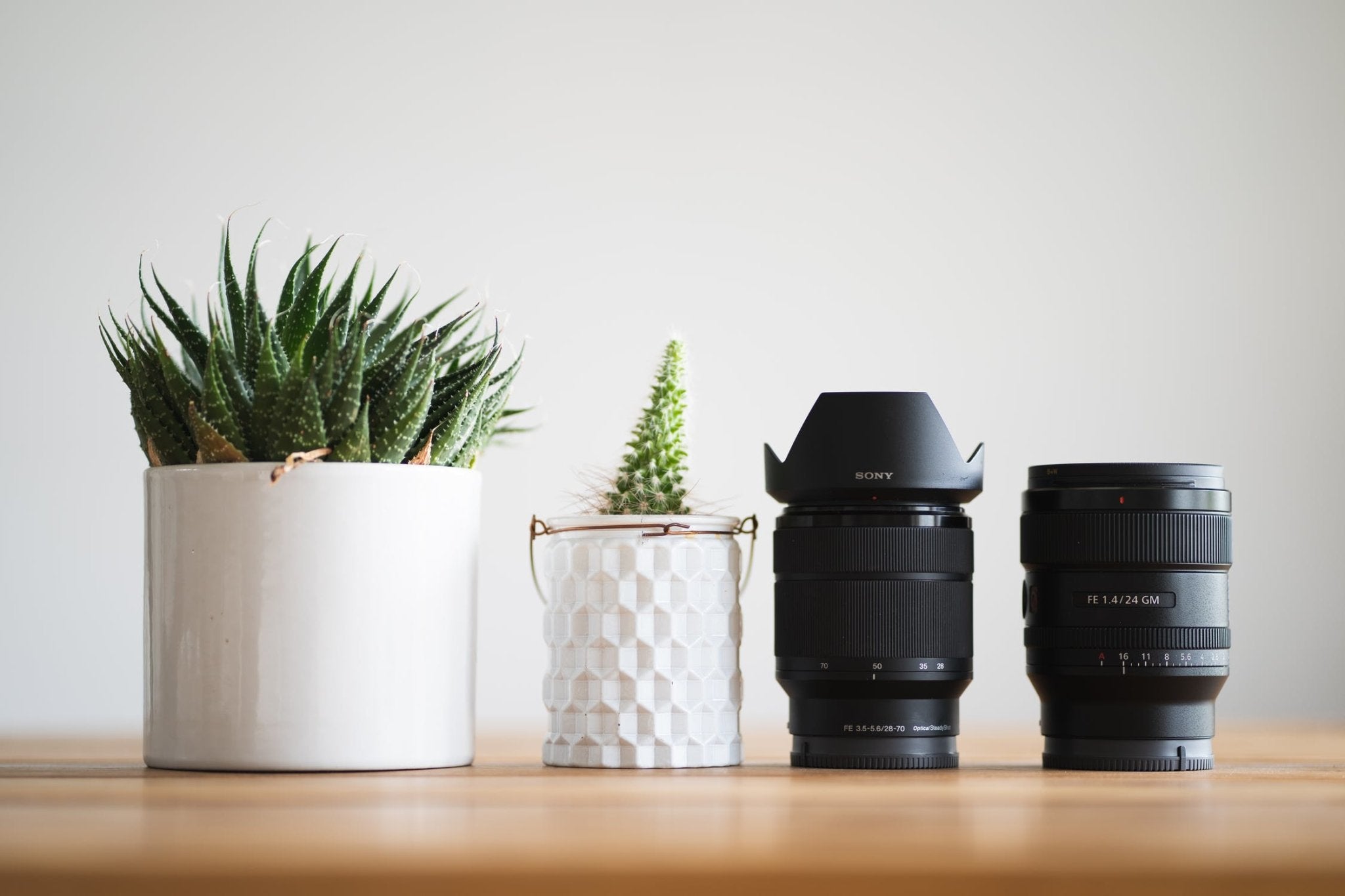Choosing the best lens to take portraits is something to consider. You can capture someone's personality or the emotions that they are going through at that moment.
The three prime lens options you have are 50mm, 85mm or, 135mm. Typically amateur photographers use the lens kit from their camera purchase. Once you are ready to graduate from the lens kit, there are much better options out there to up your portrait game.
• 50mm
50mm is probably one of the first lenses a photographer purchases after becoming familiar with the lens kit from the camera. This lens will enable you to take great photos that are waist-level and full-length. The other two lenses we will cover do not offer wide depth.
The f/1.8 version is also pretty cost-efficient. Another bonus is the wide maximum aperture for that shallow depth-of-field you will want when taking portraits. Now the f/1.4 version allows more light to come through the lens. This one will also allow for a shallow depth-of-field.
Something to consider, this lens isn't one you will want to use for headshots. Unfortunately, this lens will create a warped face because of its wide depth. Noses can end up looking enlarged.
However, if you use an APS-C camera, a 35mm will suffice. This lens will produce the closest quality. It will have a focal length of around 52.5mm on Nikon and Sony APS-C cameras, and a 56mm on Canon APS-C cameras (Mirrorless Cameras or DSLRs).
• 85mm
The 85mm prime lens is the most notorious lens for taking portraits. The narrow depth-of-field will create amazing headshots. Like the 50mm lenses above, these telephoto lenses are also available with f1/8 or f/1.4 apertures. Not only will you capture headshots perfectly, but you have the versatility to snap full-length and waist-level shots.
If you are an APS-C user, the 50mm lens will give you a similar focal length of 75-80mm. The good news for you guys, the 50mm lenses are usually the most budget-friendly!
• 135mm
If you're searching for something that will allow for tighter headshots, then the 135mm lens is the route to go. The crown jewel is ultimately this lens. This showrunner comes with an aperture of f/1.8 or f/2.0. Using this will give you a longer focal length needed for background blur. Another positive to this lens is to crop however you want. Whether you are up close and personal or stand further away, you can frame a great shot. The 135mm lens doesn't stop there. With its narrow depth-of-field, you will also get gorgeous bokeh.
Although I may be raving about this lens, it also has its downsides. When using long telephoto lenses, you can make someone's face appear wide. You also won't be able to capture full-length shots in an actual studio because of space constraints.
Again, APS-C users will be able to use an 85mm to achieve this look. This lens is similar to a 127.5mm - 136mm focal length.
All About Focal Lengths
If your wallet allows it, a good investment is purchasing all three. Having each of these lenses in your arsenal along with a 24mm or 35mm lens would be the most beneficial to your photography career.
If you're sticking to a budget, I'd recommend getting the 85mm, a perfect medium to the other two lenses. With this lens, you will still achieve the type of portrait you want while in the studio or off-site.
As for our APS-C users, the 50mm would be the best option for the same reasons stated above.
Quick Aperture Breakdown
I mentioned apertures quite a few times up there. If you are newer to the photography world, you might now know what that exactly is. If you are a pro, you can zoom through this section.
Aperture is how much light is getting through that lens. When it is wide, you will have lower f-stops.
Example: An f/1.8 aperture opens wider than f/4.
A lower f-stop allows light to enter and, you get more of a background blur. This background blur is something professionals strive for when taking portraits.
What About Zoom Lenses?
Zoom lenses are another option to consider. These lenses are not the first choice for professional photographers but, they are versatile. Zoom lenses provide high apertures and can also adjust to different focal lengths. However, they won't give you the sharpness that prime lenses deliver. If you don't have any other option than a zoom, choose a short focal length (24-70 or 55-70).
Whoo! That was a lot to go over!
Hopefully, you finished this article and have a better idea of which lens you will choose. Each lens has its pros and cons. Pick which one will suit your budget and needs the most.












